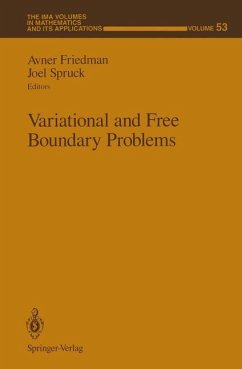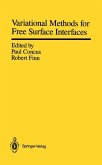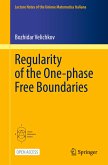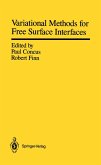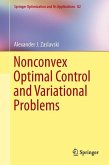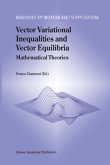This IMA Volume in Mathematics and its Applications VARIATIONAL AND FREE BOUNDARY PROBLEMS is based on the proceedings of a workshop which was an integral part of the 1990- 91 IMA program on "Phase Transitions and Free Boundaries. " The aim of the workshop was to highlight new methods, directions and problems in variational and free boundary theory, with a concentration on novel applications of variational methods to applied problems. We thank R. Fosdick, M. E. Gurtin, W. -M. Ni and L. A. Peletier for organizing the year-long program and, especially, J. Sprock for co-organizing the meeting and co-editing these proceedings. We also take this opportunity to thank the National Science Foundation whose financial support made the workshop possible. Avner Friedman Willard Miller, Jr. PREFACE In a free boundary one seeks to find a solution u to a partial differential equation in a domain, a part r of its boundary of which is unknown. Thus both u and r must be determined. In addition to the standard boundary conditions on the un known domain, an additional condition must be prescribed on the free boundary. A classical example is the Stefan problem of melting of ice; here the temperature sat isfies the heat equation in the water region, and yet this region itself (or rather the ice-water interface) is unknown and must be determined together with the tempera ture within the water. Some free boundary problems lend themselves to variational formulation.

